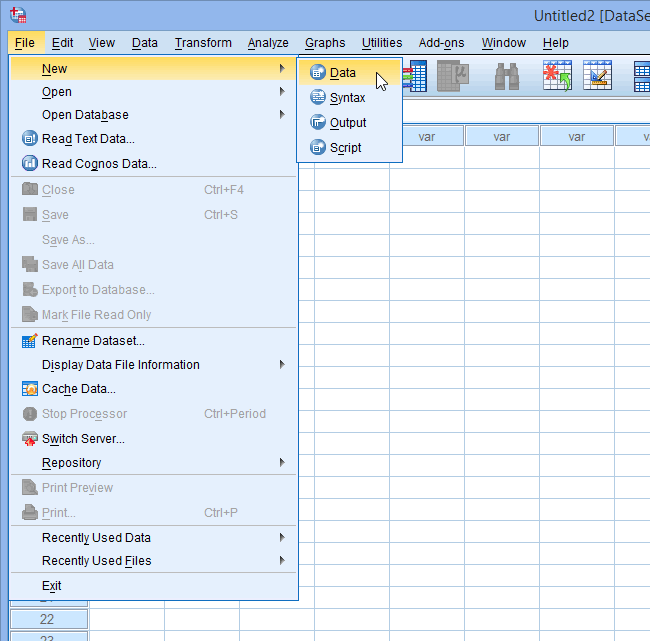

You need to do this because it is only appropriate to use linear regression if your data "passes" six assumptions that are required for linear regression to give you a valid result. When you choose to analyse your data using linear regression, part of the process involves checking to make sure that the data you want to analyse can actually be analysed using linear regression. However, before we introduce you to this procedure, you need to understand the different assumptions that your data must meet in order for linear regression to give you a valid result.

#Spss 21 cost how to
This "quick start" guide shows you how to carry out linear regression using SPSS Statistics, as well as interpret and report the results from this test.

If you have two or more independent variables, rather than just one, you need to use multiple regression. For example, you could use linear regression to understand whether exam performance can be predicted based on revision time whether cigarette consumption can be predicted based on smoking duration and so forth. The variable we are using to predict the other variable's value is called the independent variable (or sometimes, the predictor variable). The variable we want to predict is called the dependent variable (or sometimes, the outcome variable).

It is used when we want to predict the value of a variable based on the value of another variable. Linear regression is the next step up after correlation. less than 5%).Linear Regression Analysis using SPSS Statistics Introduction Instead, we may state our results “provide support for” or “give evidence for” our research hypothesis (as there is still a slight probability that the results occurred by chance and the null hypothesis was correct – e.g. You should note that you cannot accept the null hypothesis, we can only reject the null or fail to reject it.Ī statistically significant result cannot prove that a research hypothesis is correct (as this implies 100% certainty). This means we retain the null hypothesis and reject the alternative hypothesis. If the p-value is below your threshold of significance (typically p 0.05) is not statistically significant and indicates strong evidence for the null hypothesis. Therefore, we reject the null hypothesis, and accept the alternative hypothesis. It indicates strong evidence against the null hypothesis, as there is less than a 5% probability the null is correct (and the results are random). A p-value less than 0.05 (typically ≤ 0.05) is statistically significant.The smaller the p-value, the stronger the evidence that you should reject the null hypothesis. The level of statistical significance is often expressed as a p-value between 0 and 1. How do you know if a p-value is statistically significant?Ī p-value, or probability value, is a number describing how likely it is that your data would have occurred by random chance (i.e.


 0 kommentar(er)
0 kommentar(er)
